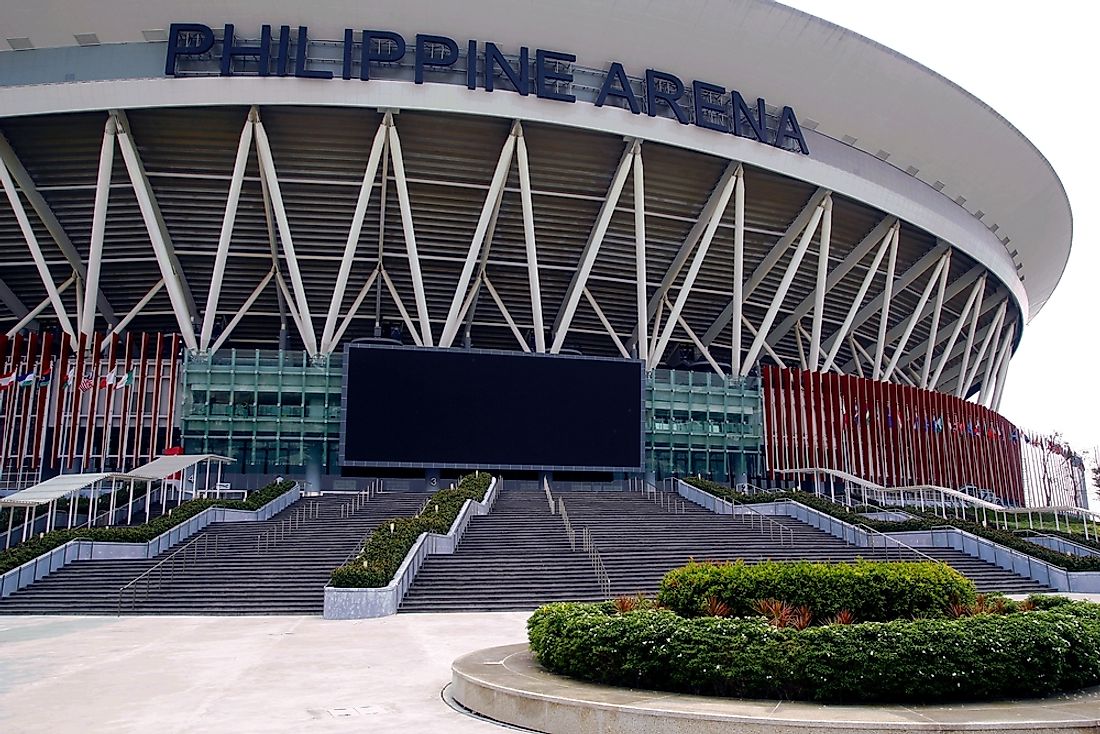What is a Food Desert?

Access to food, most particularly nutritious food, may be hindered by several factors including weather, poor infrastructure, high food prices, or tension in an area. A food desert exists when nutritious food is difficult to access due to availability, affordability, and limited access to shopping areas in a given place. Food deserts have a direct effect on the health and diet implication of an individual living in the affected areas. Food deserts are not unique to developing countries and can be found in some of the wealthiest countries in the world, including the United States. A food desert is linked to poor access to food due to discriminatory policies and patterns of development leading to its uneven distribution. The variation of the definition of food desert exists according to the type of area, economic barriers, type of food offered and its nutritional value, and the type of supermarkets and their access (whether or not they are accessible to anyone without a vehicle, etc).
Urban And Rural Food Desert
Several criteria are when classifying rural and urban food deserts. It is often measured by the distance between residents to the nearest supermarket or grocery, and in turn their accessibility. In a rural food desert, people have to travel for ten miles or more to the nearest food retailer while in an urban food desert, residents must travel for at least a mile to the nearest healthy food store. This is partly due to transportation being more readily accessible in urban areas than in rural ones. However, people in urban areas pay more for food than those in rural areas. Although people in urban areas may find food options to be closer, due to financial restrictions they are unable to purchase healthy foods if unhealthy foods are much more affordable.
Measuring Access To Food
Access to food can be measured using several ways including distance, availability, income and affordability. Distance is commonly used to measure food accessibility and also to determine whether an area is a food desert or not. Although there are no set methods on how to determine the distance, it is commonly determined by the distance from the center of an area to the nearest grocery or supermarket. In the US, the country is divided into multiples of about 0.2 square miles grid. The distance from the center of each grid to the nearest food grocery is measured to determine food accessibility by the people living within that grid. A grocery or supermarket is considered food healthy if it stocks a variety of fresh food. Therefore, food retailers selling fast food are not classified as sources of healthy food because they provide limited food variety that does not make up a healthy diet. Levels of income and food prices are also used to measure food access. Accessing healthy food is a challenge to a low-income neighborhood. They are limited to shop in local stores that are not entirely stocked with affordable and healthy food. Also, even if the healthy foods are available in the stores, they cost more than they can afford. Other measurements of food access include affordability and health outcomes.











